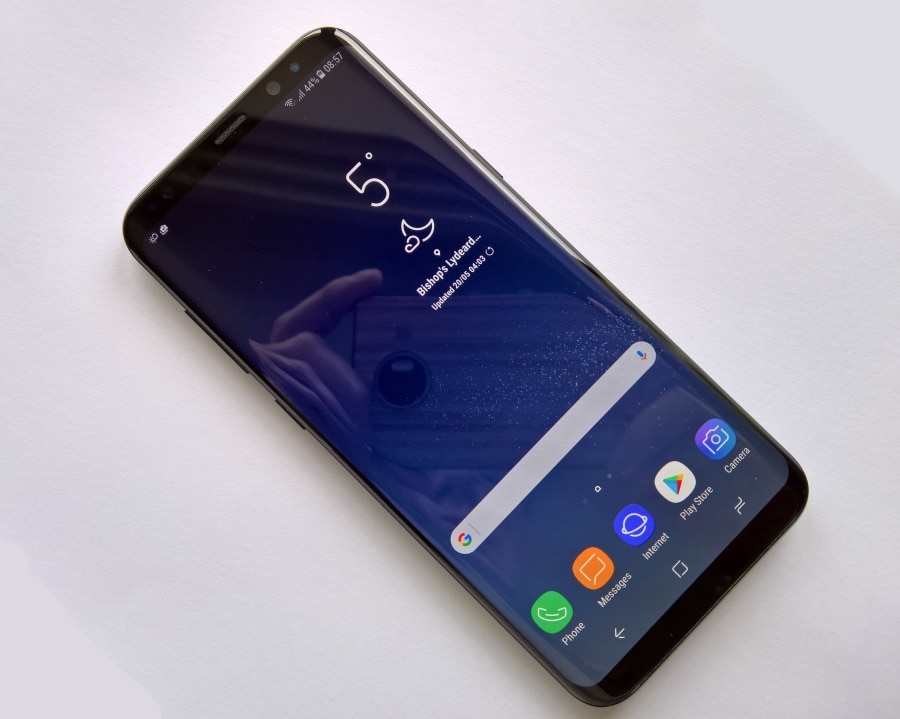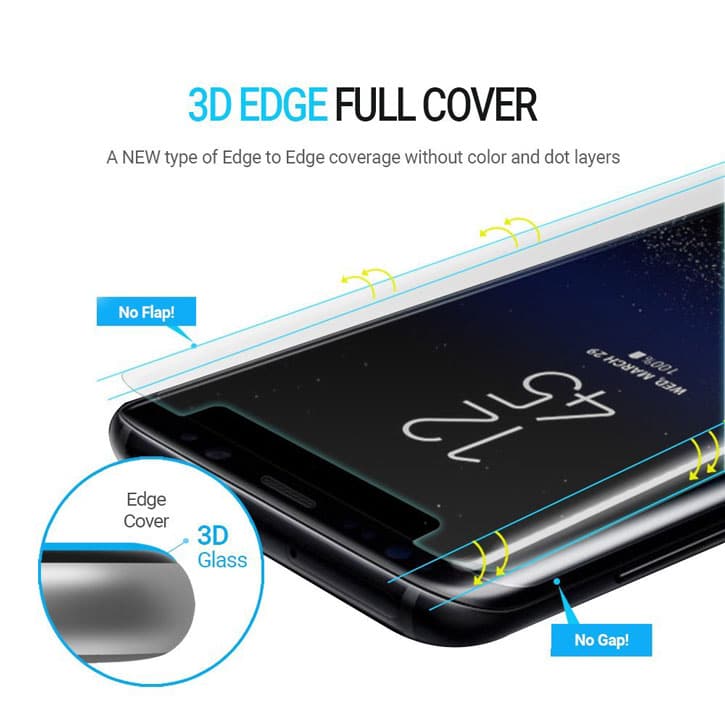
Last month, it was discovered that due to a demand-supply imbalance of fast UFS NAND memory chips, Huawei was using slower eMMC NAND in certain variants of the P10. Now, it has been discovered that Samsung is doing something similar as well on its flagship handset: the Galaxy S8. The company is using either UFS 2.1 or UFS 2.0 NAND on certain Galaxy S8 variants.
When Samsung first launched the Galaxy S8, its spec sheet clearly mentioned the use of UFS 2.1 NAND in the handset. However, since the handset’s launch, Samsung has quietly removed the mention of UFS 2.1 from its specs page. And unlike Huawei, Samsung is not using the significantly slower eMMC based NAND.
Samsung Galaxy S8 specs site no longer explicitly mentioning UFS 2.1:
old: https://t.co/RYyApavj9B
current: https://t.co/9Z4Cyr3ly5— Roland Quandt (@rquandt) May 5, 2017
While there is a performance difference between UFS 2.0 and UFS 2.1 NAND, it is not big enough to create a huge difference in performance. For example, the sequential read speeds of UFS 2.1 based Galaxy S8 is around 700-800MBps, while that of UFS 2.0 based NAND is around 500-600MBps.
If threads on XDA and Reddit are anything to go by, the Snapdragon 835 variant of the Galaxy S8 sold in the United States makes use of the UFS 2.0 NAND, while the Galaxy S8+ and Exynos-powered Galaxy S8 variants feature the faster UFS 2.1 NAND.
If you want to find out which NAND your Galaxy S8 uses, all you have to do is run a simple ADB command. Depending on the output, you can find the make and type of NAND storage used on the device. You can find the steps for the same over here.
[Via @rquandt]
















